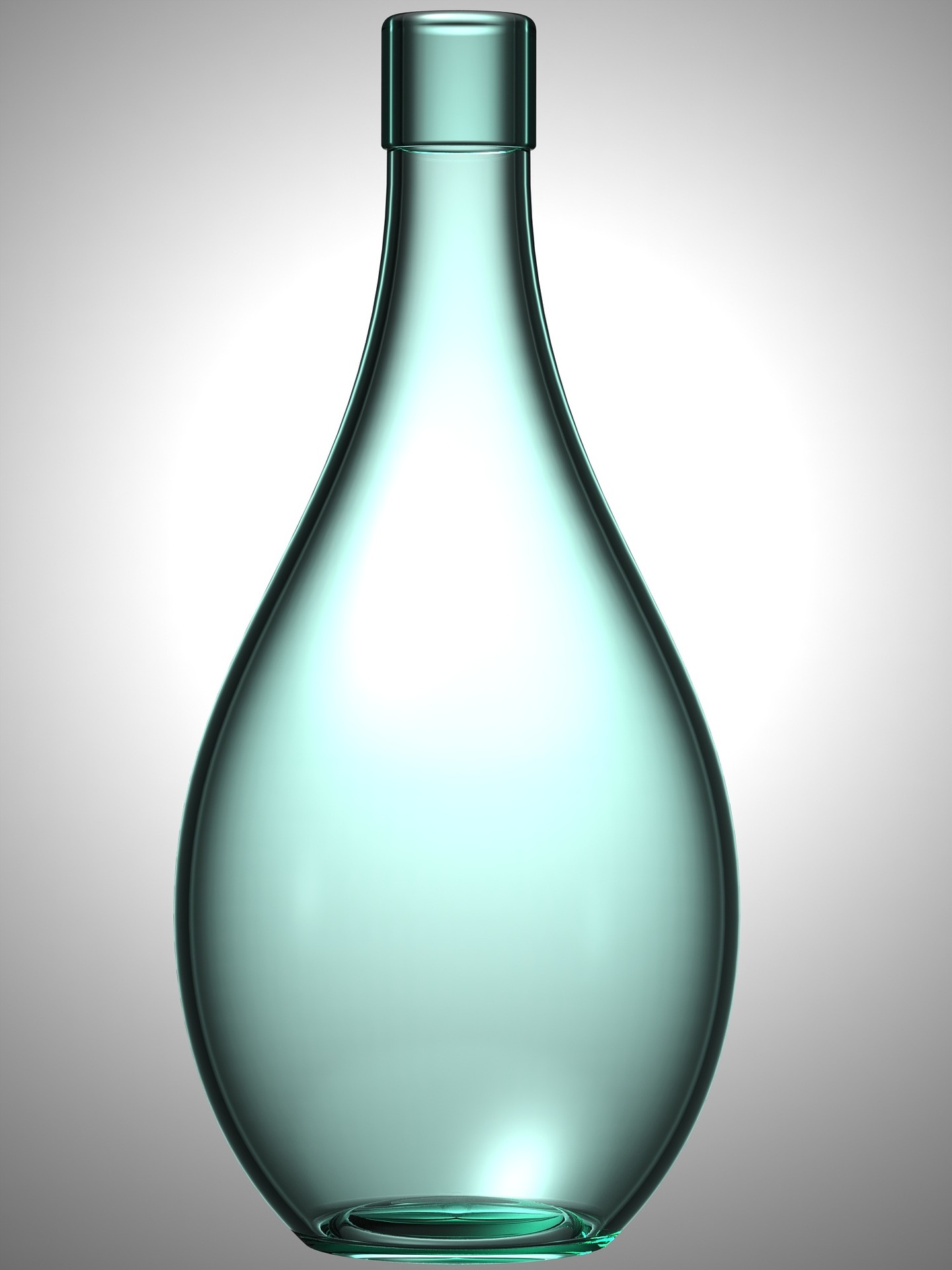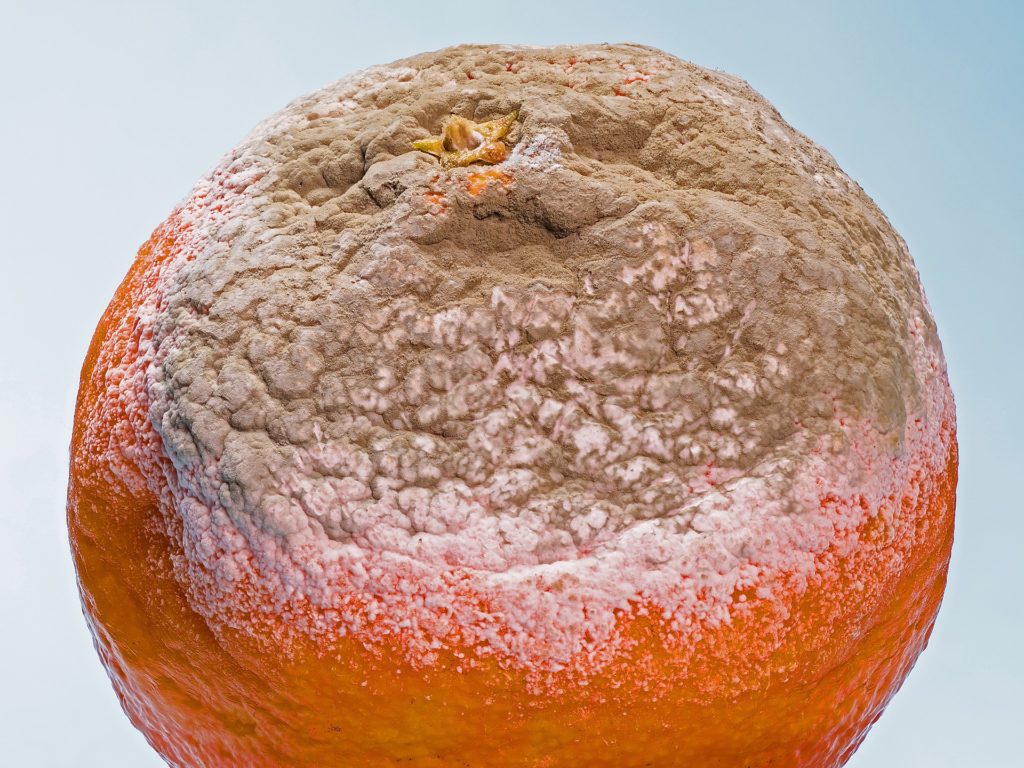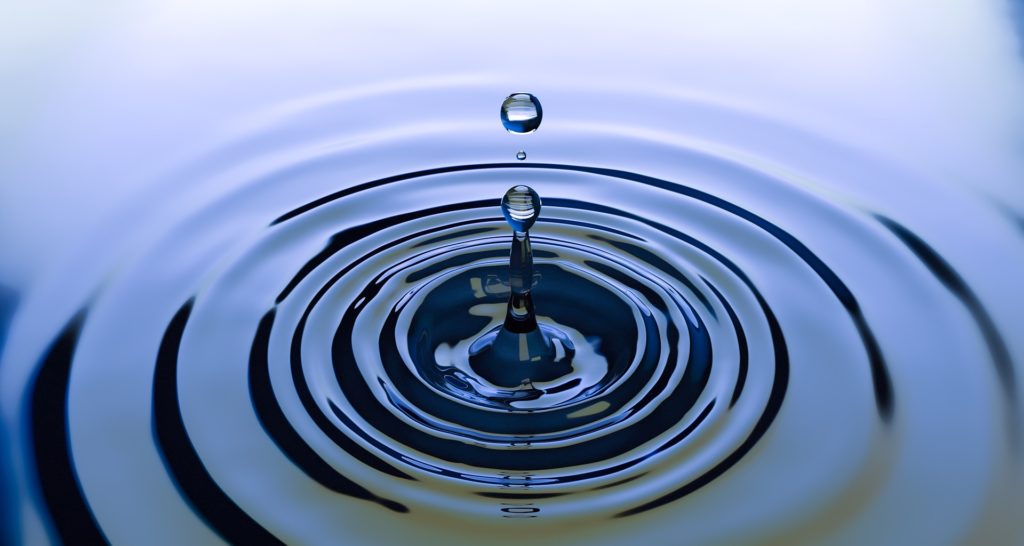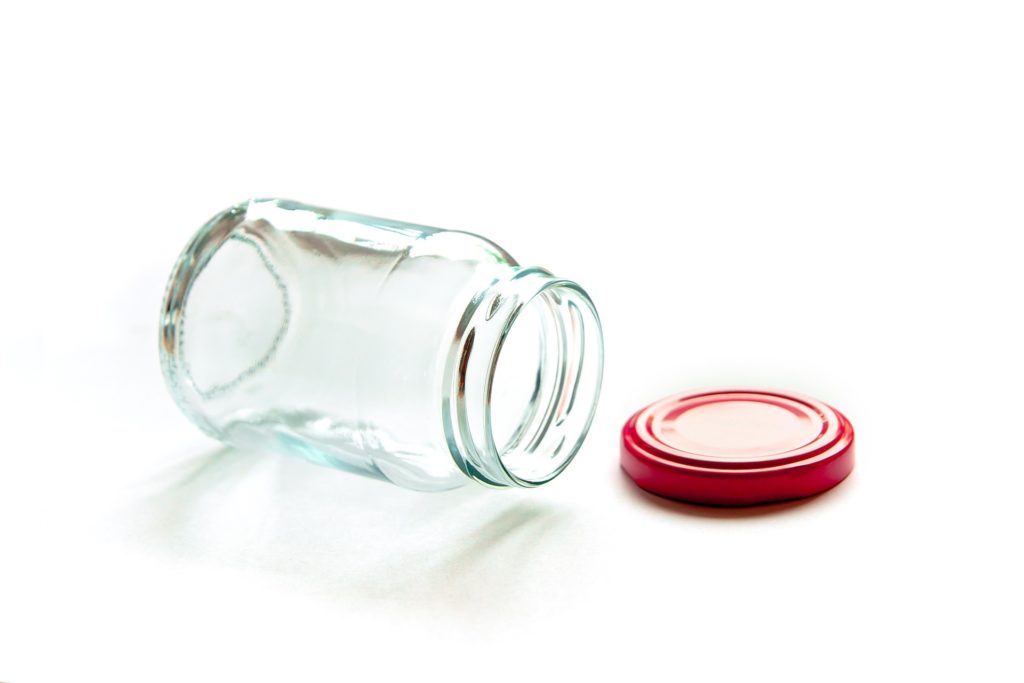
As a food microbiologist I am acutely conscious of the way various foods should be handled and stored to avoid spoilage and food poisoning. Now that I am making DIY household cleaning and personal care or health and beauty products I am aware of how easily these products could spoil and potentially cause us harm. This doesn’t mean that I will stop making them- but I will take precautions to minimise the risk.
You may be puzzled as to why this caution is necessary. If so, I will explain this for you now.
Here goes……
Why and How Your Products Will Spoil
Your products may degrade over time because of chemical breakdown or because of microbial growth.
Nothing lasts for ever!
The most obvious chemical breakdown would be if the oils or fats in your products become rancid. Not a good outcome if you are making body butters or balms as rancid fat is not nice!! This could happen if your raw ingredients are of poor quality or if your fats are stored at high temperatures.
But the main risk is of the microbial breakdown of your products. Growth of microorganisms will also cause chemical breakdown. Things to look out for are the development of unsightly films, cloudiness, discolouration, bad smells, alcohol and /or gas production and explosion of your containers. You may also notice bacterial spots (colonies containing millions of bacteria) or mould growing on the surface.
As well as the visual changes and the smells, the microorganisms could also be producing nasty toxins that could make you sick or cause you to have an allergic reaction if you use the product on your skin or in the air etc. You won’t be able to see these toxins so you must do your best to stop them from being produced in the first place!
At this point you might be thinking that you are very careful and clean when you make your products and so microbial contamination is unlikely.
Unfortunately our homes are not sterile and neither are your ingredients, containers or your hands! The fact is, microorganisms are everywhere and unless we have equipment to sterilise everything we have to live with them, but try to minimise the risk of them growing and spoiling our products and our fun!!
Are you ready for a quick lesson in microbiology?

The main groups of microorganisms that you need to worry about in your DIY cleaning and health and beauty products are:
Bacteria
Yeast
Mould
There are many different types of bacteria, yeast and moulds and there are lots of different factors that influence where they will grow, the likelihood that they will grow and how fast they grow. But there are two things that they all have in common:
They all need nutrients to grow.
They all need some moisture to grow.
What else should you know about?
1. Does keeping your products away from air help prolong the shelf life?
- Yes it can help reduce the types of things that can grow. However, some microorganisms need air to grow, others do not.
- Mould needs air and so will only grow on the surface of your products. Some yeast and bacteria will grow on the surface, others will dive in and grow happily in the depths of your products.
2. What about adding acids such as citric or tartaric acids, can that help?
- Yes, that reduces the types of things that can grow but some microorganisms can grow at low pH (acid environment), some grow at neutral pH and some can grow at high pH (under more alkaline conditions) .
- So you can’t win at any end of the pH scale!
3. What about temperature control?
- Yes, that can help but microorganisms all have their own preferred temperature range and many grow at ambient temperatures (20-35 C).
- Some can grow at extremes such as at 5 C or even up around 50 C.
- Some microorganisms can survive very high temperatures (around 100 C) – they produce spores that survive heating and then start to grow when the food or product cools down.
- Some microorganisms produce toxins that can make us sick. Sometimes these toxins are not destroyed by heating and so even if you sterilise a product, the toxin may be present.
- However, heating during preparation and then storing at a low temperature are good practices to slow the incidence and rate of spoilage or production of toxic compounds.
4. What if I use some natural preservatives like some of the Essential Oils?
- Yes that can help but some microorganisms can actually use quite toxic compounds as a source of nutrients. For example, moulds can grow on the skin of an orange once the skin has been damaged e.g. by an insect. Incidentally some of these compounds are present in your citrus Essential Oils!

- So it is incorrect to assume that adding your Essential Oils to a product will stop microbial growth. Even if the oil you use has known antimicrobial properties, by placing that oil into a bottle of vinegar and water you are actually giving microorganisms what they need – moisture, nutrients and ambient temperature. You could still end up with bacterial growth in your bottle. Yes some bacteria like to grow in vinegar!!
5. How important is water content?
Actually, it is very important!

High Water Content
The types of products that will be most risky are those that contain water that is available for the microorganisms to use. Think about food – your high moisture products spoil the fastest don’t they e.g. fruits and vegetables, milk, meat etc. Your dried foods will keep for a long time if kept dry and airtight.You should apply this thinking to your DIY products too. For example, a facial toner based on a floral hydrosol and containing some Essential Oil and perhaps a small amount of Castile Soap will be quite a high risk. Why? Because there is plenty of moisture, and the soap and oils may actually provide the nutrients. Put that together with an ambient temperature of around 20-25 C and you’re bound to have something growing quite soon. I only keep a product like this for a few weeks ( or less in the summer) and so only make small amounts each time to minimise waste. Could I keep it longer if I stored it in the fridge? Yes. By reducing the temperature I am also reducing the possible number of organisms that will be able to grow in my product and slowing the rate of growth. But that’s not particularly convenient for me as my bathroom is upstairs and my fridge in the kitchen!! Could be different for you. Maybe a splash of cold toner would be quite bracing after your shower.
Lower Water Content
You may make a product with low moisture content that appears to be safe because it is mainly made up of oils and fats. Unfortunately, even if there is a small amount of moisture in the product, you may still end of with bacteria growing in that moisture. A food example is peanut butter. It is made from peanuts and is mainly fat based. But there is a water component and there have been cases of food poisoning associated with peanut butter – the bacteria was able to survive in the moisture component. A DIY product example is a face cream. If you include water and a fat such as shea butter without an emulsifier the water will separate out from the fat and be available to support growth of microorganisms. So avoid adding water if you can to reduce the risk. Keep low water products in the fridge and they may last for a a few months to a year.
Dry Products
If your products are not kept airtight, mould may also grow, using the moisture breaking down the ingredients to be used as nutrients.
Reducing the pH can be used as an extra precaution, if appropriate. For example, you make my kitchen scouring powder that contains acids and if it is kept dry, it will last for months. Yes, its kept at ambient temperature but the low pH and low moisture conditions mean that is little microbial activity possible.
Commercial Products and Preservatives
Do I hear you asking how commercial products have such long shelf life?
Good question!
The products you buy commercially contain preservatives that allow them to have very long shelf lives, in some cases, several years. What is a preservative? It is basically any substance that will preserve or prolong the shelf life of materials against decay, decomposition, chemical changes or microbial spoilage. In this global economy where products are shipped all over the world the longer the shelf life can be extended on cleaning and health and beauty products the better for the manufacturer. The risks being managed by the use of preservatives in this products are both chemical and microbial in nature.
Commercial operations are also able to make their products under almost sterile conditions and use sterilised packaging etc. The products are still susceptible to microbial growth once opened by the consumer but the preservatives are that added barrier to growth that allows for longer storage.
But of course the use of preservative is one of the reasons why we are making our own products right? If you are interested in more information about the dangers of some of the preservatives used in health and beauty products you might like to read this article from Choice, published in 2016.
Is there any way to prolong the shelf life of your DIY products?
Nothing short of complete sterilisation of everything and use of ‘aseptic technique‘ will prevent your products containing microorganisms when you make them. And, even if you could do this as you make them in your kitchen, as soon as you open your product it becomes contaminated from the air anyway!
So it is important that you think about applying several controls when making your products – temperature control, acid control and air control. Of course you should always go for cleanliness – it can only help! By using a combination of high temperature in preparation, low moisture recipes, pH control and low temperature storage, you can prolong the shelf life of your products.
Things to do during preparation
1. Make sure you are working in a clean environment. Wipe your benches down and use clean utensils. Wash your hands and try not to touch the inside of your containers.
2. Using bowls and spoons etc that are straight out of a dishwasher is a good idea, provided they are dry
3. Sterilise your glass jars if you can by heating them in a oven, opening facing down (just as your would for making jam).

4. Use fresh raw ingredients.
5. Use boiled water and if you can’t heat sterilise your containers for your water based products, rinse them thoroughly with the boiled water and discard the rinsing before filling with your product. This isn’t a sterilisng process but may just aid in cleaning your container.
6. If possible, replace the water with something else. For example, I put Vodka in my room spray and even though the recipe includes water, I leave it out. This won’t always be possible but sometimes its worth a try!
7. Package up your products as soon as possible.
Storage
Ask the following questions before you decide how to store your products:
1. What is the main component? If its water think about how you will be storing the product e.g. low temperature. Also ask whether it contains vinegar – if so the pH is lower and so will be more of a deterrent for some microorganisms.
2. What’s the turnover rate? For example, will you use the bottle of cleaner in one or two weeks? If so, cupboard storage is OK. If you make 3 jars of face cream that will last you for 12 months, store the extras in the fridge or gift them to someone so they are used quickly.
3. How will you be sealing your product? Will it be airtight? If not then what else can you do to prevent mould growth? Perhaps low temperature would help. Low pH may also be an option but a combination of strategies is also a good idea.
4. Don’t stick your fingers into your jars of cream etc. Use an applicator stick and clean it after use. It is not sterile but if washed and dried is a better option that your fingers. They are loaded with microorganisms!
5. Use some natural preservatives such as Rosemary oil or Vitamin E. These will act as antioxidants and slow down the break down of the fats and oils in your products. I use Rosemary oil in lots of products. I have seen suggestions that Grapeseed oil can be added as an antioxidant and antimicrobial agent but I haven’t tried it as yet!
My final message to you is to be vigilant and always on the lookout for signs of microbial growth.
Do not have unrealistic expectations about the shelf life of your products and don’t keep them too long and use a range of methods to reduce the risk!
If in doubt, throw it out!
We hope you will also join us at Helpful By Nature by subscribing to our email list. We would love to hear from you, take your questions and provide answers if we are able.

Until next time,
Gillian (and Andrew)

